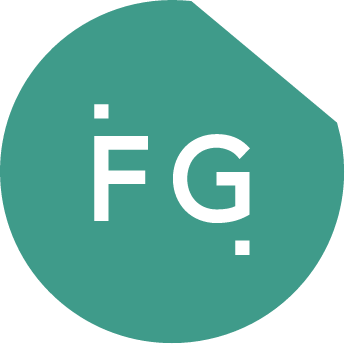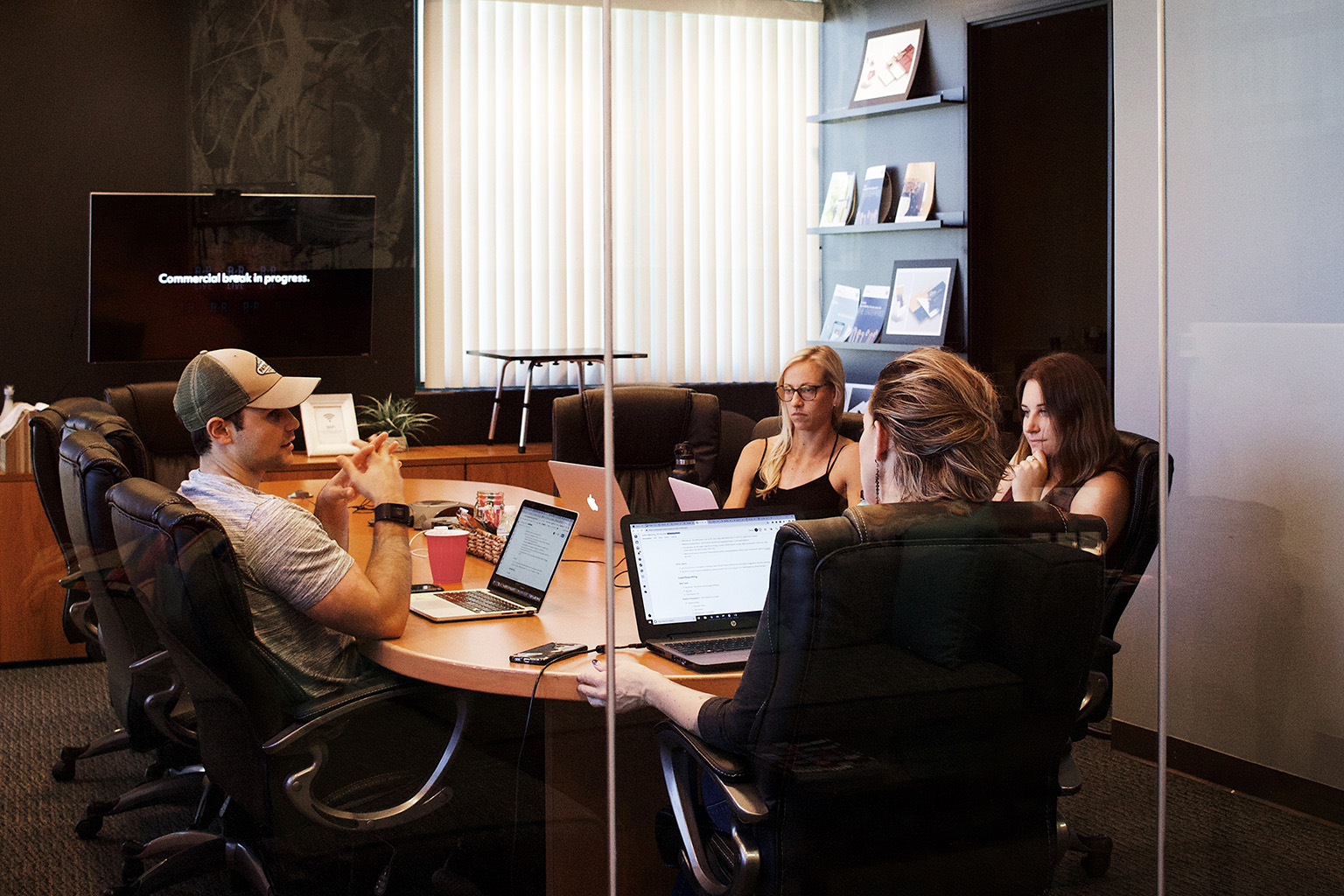The future of work arrived out of nowhere, on the back of a once-in-a-century
pandemic. Team dynamics got challenged as members dealt with illness, trauma,
and crisis. We’ve all been forced to rapidly and radically adapt to new working norms. The Ferrazzi Greenlight Research Institute has spent more than 15 years studying high-performing teams, but I’ve never seen entrepreneurs rise to the occasion as they have this year. When the crisis subsides, the temptation will be to turn back that progress and retreat into old behaviors. But entrepreneurs need to shift from overload to shared load, and to practices that can transform team performance to find unexpected growth–and lower unsuspected risk. Let’s not go back to work; let’s go forward.
We’ve been examining great remote teams since well before the pandemic. The most effective ones, we’ve discovered, were committed to going beyond collaboration to what I call co-elevation. This is a “we will go higher together” attitude toward the mission and with one another, matched by distinct co-elevating practices that enhance performance. As I describe in my new book, Leading Without Authority, the work of a true leader is to promote a shared sense of responsibility among the team.
The pandemic has exposed lots of work norms that weren’t serving us. Our surveys consistently show that seven out of 10 team members don’t get value from being part of a team, and 74 percent feel like they cannot speak up in a group of their peers. That failure is on us as leaders to fix. It’s time to stomp out conflict-avoidance and embrace bold steps to move everyone forward.
The shift to virtual teams doesn’t make this work any harder, and may, in fact, make some aspects of change easier. Let’s look at the co-elevating traits that underpin great teams, along with some high-return practices to sustain these traits.
Agility
People have been talking about agile techniques for a while, but the massive shift to virtual has made them hugely valuable to practice. Agile management replaces annual planning and long, painful meetings with weekly or monthly sprints. In these sprints, teams focus on one or two projects at a time. Every critical functional area of the business knows what the outcomes are for the week. Every team does daily standups called scrums, in which everyone answers three questions: What have I done? What are the challenges I need help
with? What am I doing next? Quick, effective decision-making becomes the norm, just as it has become the norm during the pandemic. Let’s make sure it sticks.
A high-return practice: Adopt weekly or monthly sprints. Agree as a team what to
prioritize, and assess as a team if things are o! track. Shift the focus from process to delivering on customer value. The right decisions are the ones made at the level where things get done.
Co-Creation
Necessity has forced us to cut across silos and draw from the combined wisdom that ignites innovation. The teams I’ve worked with over the years have discovered how remote working can drive even greater collaboration. Using the psychological safety of Zoom breakout rooms, leaders can foster more risk-taking to replace monotonous report-outs. Too many big discussions about process innovation or identifying new markets become one-way affairs, with leaders asking and answering all the questions. Don’t think of yourself as the center of your team. Your job is to ask the smart questions, and to break the team into smaller groups so everyone’s voice can be heard and their insights extracted into breakthrough innovation.
A high-return practice: Move all meetings toward collaborative problem-solving. Make heavy use of video breakout rooms, because people are conflict-averse and won’t share openly in a big room. Commit at least 50 percent of your time to collaborative problem-solving.
Empathy
It has become harder to maintain our professional faces after so many hours peering into our colleagues’ homes, watching kids crawling across laps, and hearing one another’s struggles. Academics such as Brené Brown at the University of Houston have long advocated the power of vulnerability and empathy. Finally, the whole world is accepting it.
A high-return practice: Avoid diving into meetings transactionally, as you might have done before. Start with a conversation that gets people relaxed and empathetic to one another, going deeper than that superficial small talk you’d normally make in the hallway. Have everyone do a “personal-professional check-in” or “sweet-and-sour,” to share something they are struggling with.
Accountability
The first question many leaders ask me is, “How do I make sure remote workers are being productive?” What they’re really asking is, “How do I know they’re not in the other room on a yoga break?” Being a great leader means establishing clear outcomes and a vision for what winning looks like. If you’ve given your people clear outcomes and set them up with project sprints and they’re meeting their goals, who gives a damn whether they’re doing yoga in the afternoon?
Another great way to ensure teams are engaged is to elevate accountability among peers. No one wants to let their teammates down. Peer accountability might start to feel punitive or like micromanaging, but I keep going back to this principle of co-elevation, helping one another get across the finish line. If you elevate peer-to-peer accountability above the individual, then somebody who’s ahead on their timeline this week will run back and help
a colleague get across the finish line.
A high-return practice: After team members share their plans or reports in a meeting, break them up into small groups to “bulletproof” one another’s work by pointing out one risk that the individual might guard against, one innovative idea to consider, and one act of generosity that the group could offer by way of help. If you make space for people to be of service to one another, you get more risk-taking and more crazy ideas that lead to innovation.
Generosity
“How can I help?” I have heard those words more than ever during the pandemic. There’s a real commitment to taking care of people and helping with their projects and ideas. This is crucial to driving higher employee engagement. In our research, remote teams who are left unattended suffer a roughly 50 percent reduction in productivity.
A high-return practice: Leaders can embed generosity as a behavioral norm by routinely asking whoever makes a report or does a presentation, “What can any of us do to be of service?” This kind of help is best offered during the bulletproofing process in the breakout rooms. In the big room, it would fall flat.
Candor
Elon Musk has said that his friends tell him how good things are, while “my best friends tell me what sucks.” I get why: Entrepreneurs are strongly opinionated and often shut down candor from their team. That’s wrongheaded. Fear of honest talk leads to longer cycle times and slower decision-making.
A high-return practice: Candor breaks are the best way to discover what’s being held back. Pause the meeting when it feels right and ask the team, “What’s not being said?” Or, again, divide into small-group sessions midway to ask that same question.
Disruptive technologies and disrupted markets have been pushing us to behave and work differently. But for too long, too many of us have kept playing by the old rules. There is a community of business leaders at GoForwardtoWork.com who are dedicated to gathering and sharing the best ideas in the new world of work. Join us.






